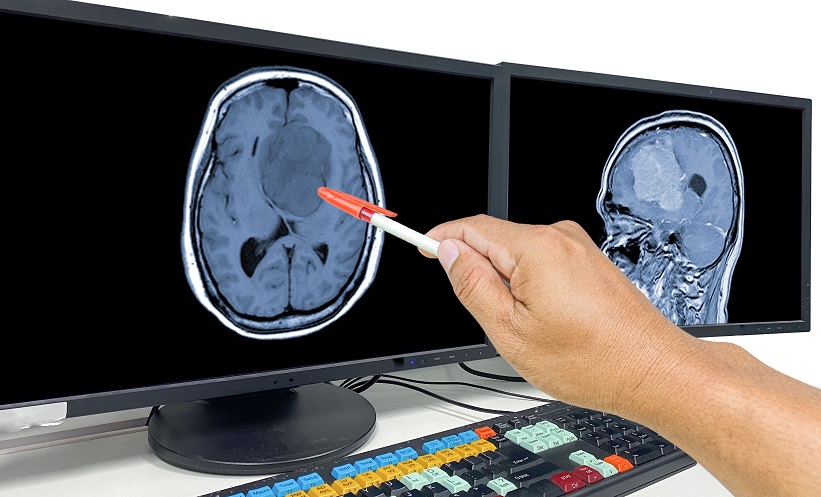GLIOBLASTOMA (GBM), the most common and deadly primary brain tumour in adults, is driven by self-renewing glioblastoma stem cells (GSCs) that contribute to tumour recurrence after treatment. These tumours are notoriously difficult to treat due to their high degree of genetic and molecular heterogeneity. A new study sheds light on the complexities of this heterogeneity, offering hope for more effective, personalized therapies.
Researchers created a targeted CRISPR library to screen 30 patient-derived GSC cultures for genetic dependencies specific to two distinct transcriptional subtypes: developmental and injury-response. These subtypes reflect different states of the tumour stem cells, with the developmental subtype linked to neurodevelopmental processes, while the injury-response subtype shows characteristics tied to tissue repair and immune response.
The study found subtype-specific vulnerabilities in GSCs, revealing that developmental GSCs depend on transcriptional regulators crucial for neurodevelopment, while injury-response GSCs rely on genes involved in integrin and focal adhesion signalling. Notably, drugs targeting these pathways—such as β1 integrin inhibitors, FAK, MEK, and OLIG2—showed differential sensitivity depending on the GSC subtype.
Furthermore, the research highlighted how the two subtypes display distinct dependencies on cyclin D proteins, with the developmental subtype relying on CCND1 and the injury-response subtype on CCND2. These findings provide a deeper understanding of GBM’s heterogeneity, paving the way for more precise treatments that target specific GSC subtypes, ultimately improving outcomes for patients with this aggressive cancer.
Reference
MacLeod G et al. Fitness Screens Map State-Specific Glioblastoma Stem Cell Vulnerabilities. Cancer Res. 2024; DOI:10.1158/0008-5472.CAN-23-4024.







